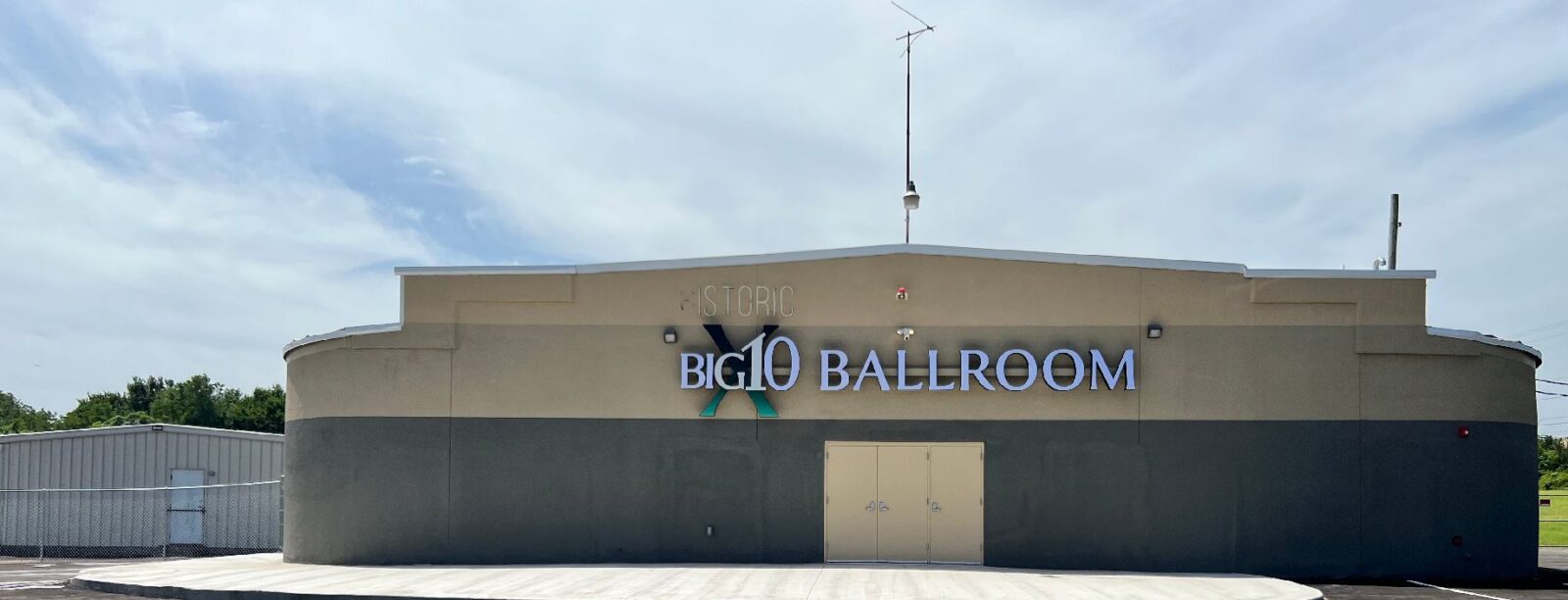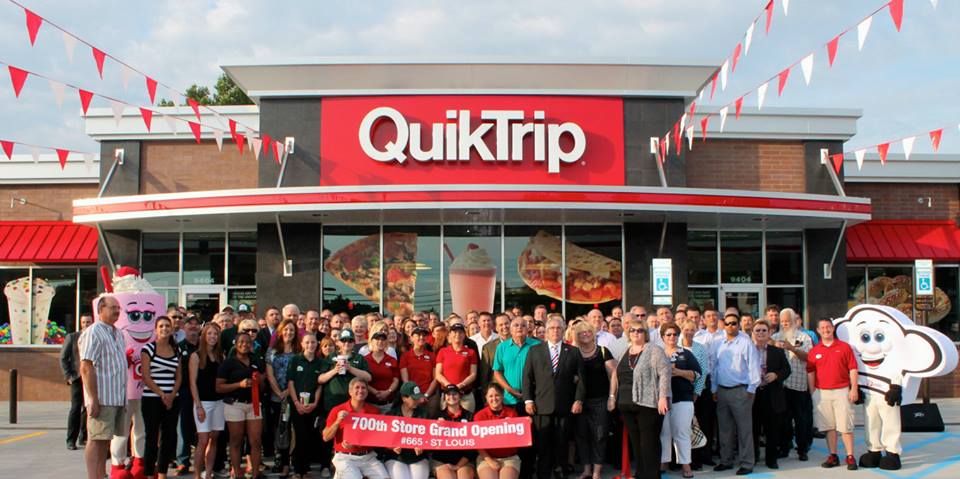
The Oklahoma Eagle Newswire
A Pocket Full Of Hope, Inc. was one of only 100 in the nation awarded a grant as part of Lowe’s Hometowns, a first-time initiative that is helping to restore and revitalize spaces that serve as the hubs and heartbeats of communities.
As part of the grant, A Pocket Full Of Hope, Inc., a nonprofit organization that helps youth develop life skills and learning skills using music, theatre, dance, video, photography, and technology, will restore the Historic Big 10 Ballroom in the North Tulsa Community.
The Historic Big 10 Ballroom started as a recreation parlor on Greenwood and was then rebuilt on Apache as a major music venue in the early 50’s and 60’s where greats such as Ray Charles, Ike and Tina Turner, James Brown and others performed. The Big 10 was on the famous Chitlin’ Circuit on Route 66, meaning it was a safe place for African American artists to perform during the Civil Rights Era. Stories abound of how, because it was a time of segregation, during performances there was a rope down the middle of the dance floor separating the white and black patrons. But once the music started, that rope always disappeared!
The building was once in disrepair, but a desire for giving youth a historical perspective within the community, A Pocket Full Of Hope acquired the facility in the year 2007 and began a grassroots effort to restore the historical landmark. The organization has helped more than 5000 youth since it began in the year 2000. Participants who have completed Pocket Programs have maintained a 100% high school graduation rate. Struggling with having enough space to facilitate the number of youth participating in the organization, the Historic Big 10 Ballroom will be the new home for all Pocket Programs, along with other social services, events, and resources for Tulsa and surrounding communities.










